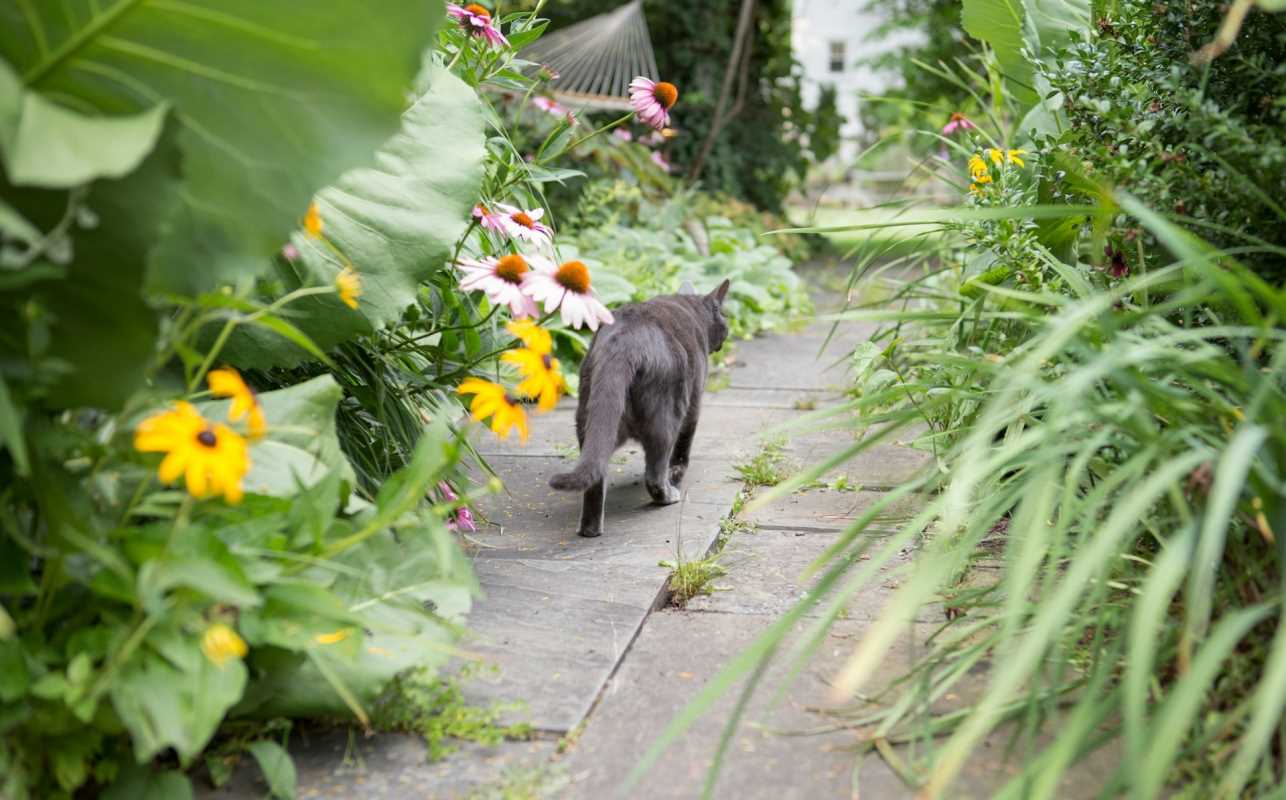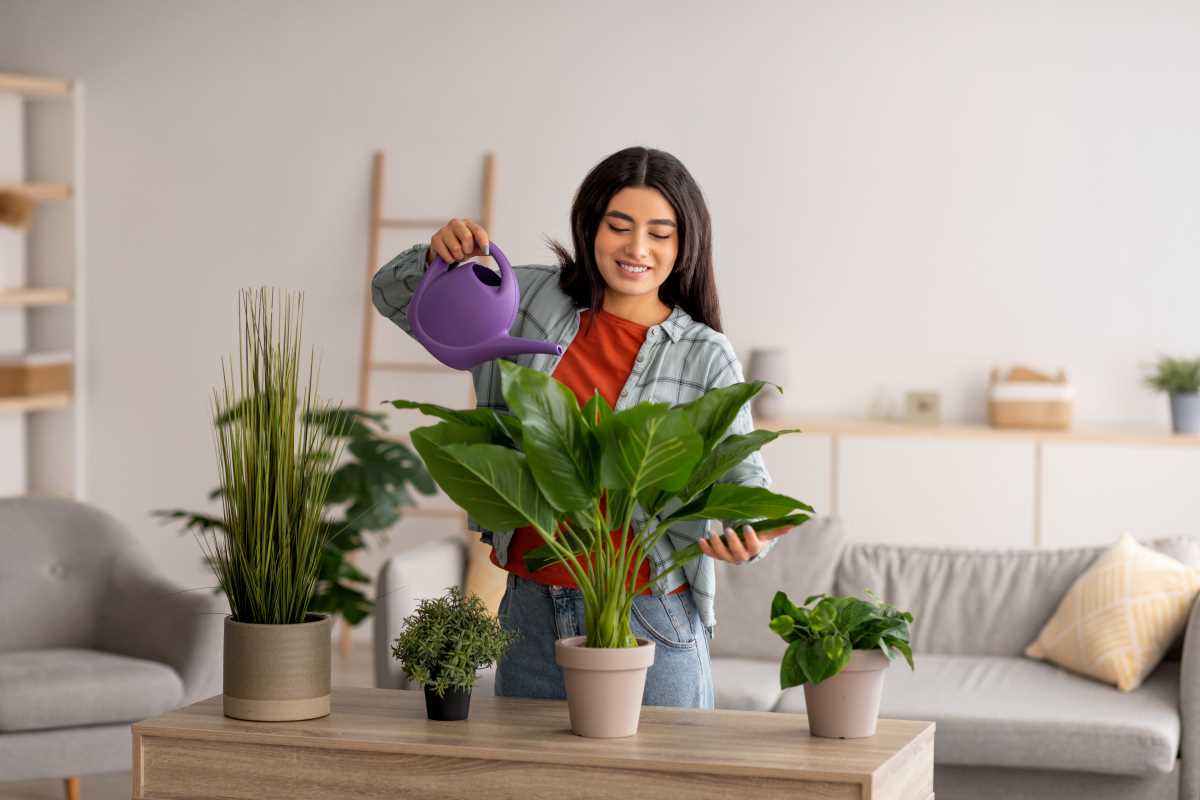Gardening can be a rewarding and enjoyable pastime, but it's no secret that it can also be a lot of work. By implementing a few simple strategies, you can streamline your garden maintenance routine and enjoy more time relaxing in your outdoor space. Here are some tips for mastering the art of garden maintenance:
Planning Your Garden
Before you even pick up a trowel, take the time to plan out your garden. Consider the layout, the types of plants you want to grow, and how much time you realistically have to spend on maintenance. By starting with a well-thought-out plan, you can set yourself up for success and make your garden easier to care for in the long run.
Consistency is key when it comes to garden maintenance. Establishing a regular schedule for tasks such as watering, weeding, pruning, and fertilizing can help you stay on top of maintenance and prevent tasks from piling up. Consider creating a weekly or monthly checklist to ensure that you address all necessary tasks in a timely manner.
Choose Low-Maintenance Plants
One of the easiest ways to simplify your garden maintenance routine is to choose plants that require minimal care. Opt for native plants that are well-suited to your climate and soil conditions, as they will be better equipped to thrive with less intervention. Additionally, consider incorporating perennial plants that will come back year after year, reducing the need for replanting.
- Native plants: These plants are adapted to your local climate and often require less maintenance than non-native species.
- Drought-tolerant plants: If you live in a dry climate, choose plants that can withstand drought conditions.
- Perennials: Perennial plants come back year after year, reducing the need for constant planting and replanting.
Mulch Your Garden
Mulching is a simple and effective way to cut down on the time you spend weeding, watering, and fertilizing your garden. By applying a layer of mulch around your plants, you can reduce the need for frequent watering and weeding, giving you more time to enjoy your garden.
- Benefits: Mulch helps to retain moisture, suppress weeds, and protect plant roots.
- Types of mulch: Consider using organic mulches like wood chips, bark, or leaves, or inorganic mulches like rocks or pebbles.
Install a Drip Irrigation System
- Benefits: Drip irrigation systems deliver water directly to the roots of your plants, reducing water waste.
- Ease of use: These systems are often automated, requiring minimal maintenance.
Create a Water Feature
- Attract wildlife: A water feature like a pond or fountain can attract beneficial insects and birds to your garden.
- Reduce maintenance: Some water features require minimal maintenance, such as solar-powered fountains or self-cleaning ponds.
Consider Container Gardening
- Flexibility: Container gardening allows you to grow plants in small spaces and move them around as needed.
- Easier maintenance: Containers are often easier to care for than in-ground gardens.
- Prevent weeds: Weed barriers can help to suppress weeds and reduce the need for weeding.
Invest in Time-Saving Tools and Equipment
Having the right tools and equipment on hand can make a world of difference when it comes to garden maintenance. Invest in high-quality tools such as pruners, shovels, and hoses to make tasks easier and more efficient. Consider automated watering systems or a timer for your sprinklers to ensure that your plants receive consistent moisture without the need for daily watering.
Automate Garden Tasks
- Robot lawn mowers: These can automatically mow your lawn, saving you time and effort.
- Smart sprinkler systems: These systems can be programmed to water your garden efficiently, reducing water waste.
- Garden sensors: Sensors can monitor soil moisture, temperature, and other conditions to help you optimize your garden care.
Focus on Key Areas
- Prioritize: Determine which areas of your garden require the most attention and focus your efforts there.
- Delegate: If possible, delegate tasks to family members or friends to lighten your workload.
Embrace Natural Solutions
Instead of relying on chemical pesticides and fertilizers, consider using natural solutions to care for your garden. For example, companion planting can help to deter pests and promote plant health, reducing the need for harmful chemicals. Additionally, composting kitchen scraps and yard waste can provide your plants with nutrient-rich organic matter, improving soil fertility and overall plant growth.
Hire a Professional Gardener
Hiring a professional gardener can be a great way to save time and effort while ensuring your garden is well-maintained. Here's a guide to help you find the right gardener for your needs:
1. Assess Your Needs:
- Garden size: Consider the size and complexity of your garden. A larger or more intricate garden may require a more experienced gardener.
- Maintenance level: Determine the level of maintenance you need, such as weekly mowing, pruning, or seasonal tasks.
- Specializations: If you have specific needs, such as organic gardening or landscape design, look for a gardener with those specializations.
2. Get Recommendations:
- Ask friends and neighbors: Word-of-mouth recommendations are often the best way to find a reliable gardener.
- Check online reviews: Look for reviews of local gardening services on websites like Yelp or Google Reviews.
- Contact local gardening associations: These organizations may be able to provide you with recommendations for qualified gardeners.
3. Interview Potential Gardeners:
- Ask questions: Ask potential gardeners about their experience, qualifications, and services offered.
- Check references: Ask for references from previous clients and contact them to get their feedback.
- Discuss your expectations: Clearly communicate your expectations for the garden maintenance services and how often you need them.
4. Get Estimates:
- Request quotes: Get written estimates from several gardeners so you can compare prices and services.
- Inquire about additional costs: Ask about any additional costs, such as fertilizer, plant materials, or equipment rental.
5. Consider Insurance and Licensing:
- Verify insurance: Ensure the gardener has liability insurance to protect you in case of accidents or property damage.
- Check licensing: If required in your area, verify that the gardener is licensed and insured.
6. Communicate Clearly and Regularly:
- Discuss your preferences: Clearly communicate your preferences for garden maintenance, such as the style of landscaping or types of plants you prefer.
- Regular communication: Maintain regular communication with your gardener to ensure your needs are met and any issues are addressed promptly.
7. Monitor Performance:
- Evaluate results: Regularly assess the quality of the work performed by your gardener.
- Provide feedback: Offer constructive feedback to help your gardener improve their services.
By following these steps, you can find a qualified and reliable gardener to help you maintain a beautiful and healthy garden.
Final Word
Gardening can be a relaxing and meditative activity. Take time to enjoy the process and appreciate the beauty of your garden.
By incorporating these tips into your garden maintenance routine, you can create a beautiful and low-maintenance outdoor space that you can enjoy for years to come.
 (Image via
(Image via





